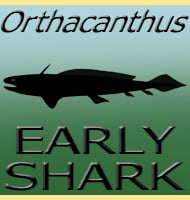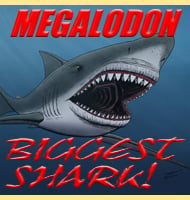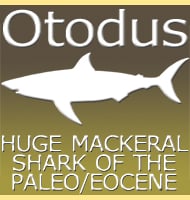Orthacanthus
In Depth Not only was Orthacanthus very similar to the smaller Xenacanthus, it also has a similar temporal range in the fossil record. The two sharks probably coexisted with only the minimum of competition between the two. This is because at only one meter long, Xenacanthus could operate in waters that were too small or … Read more


